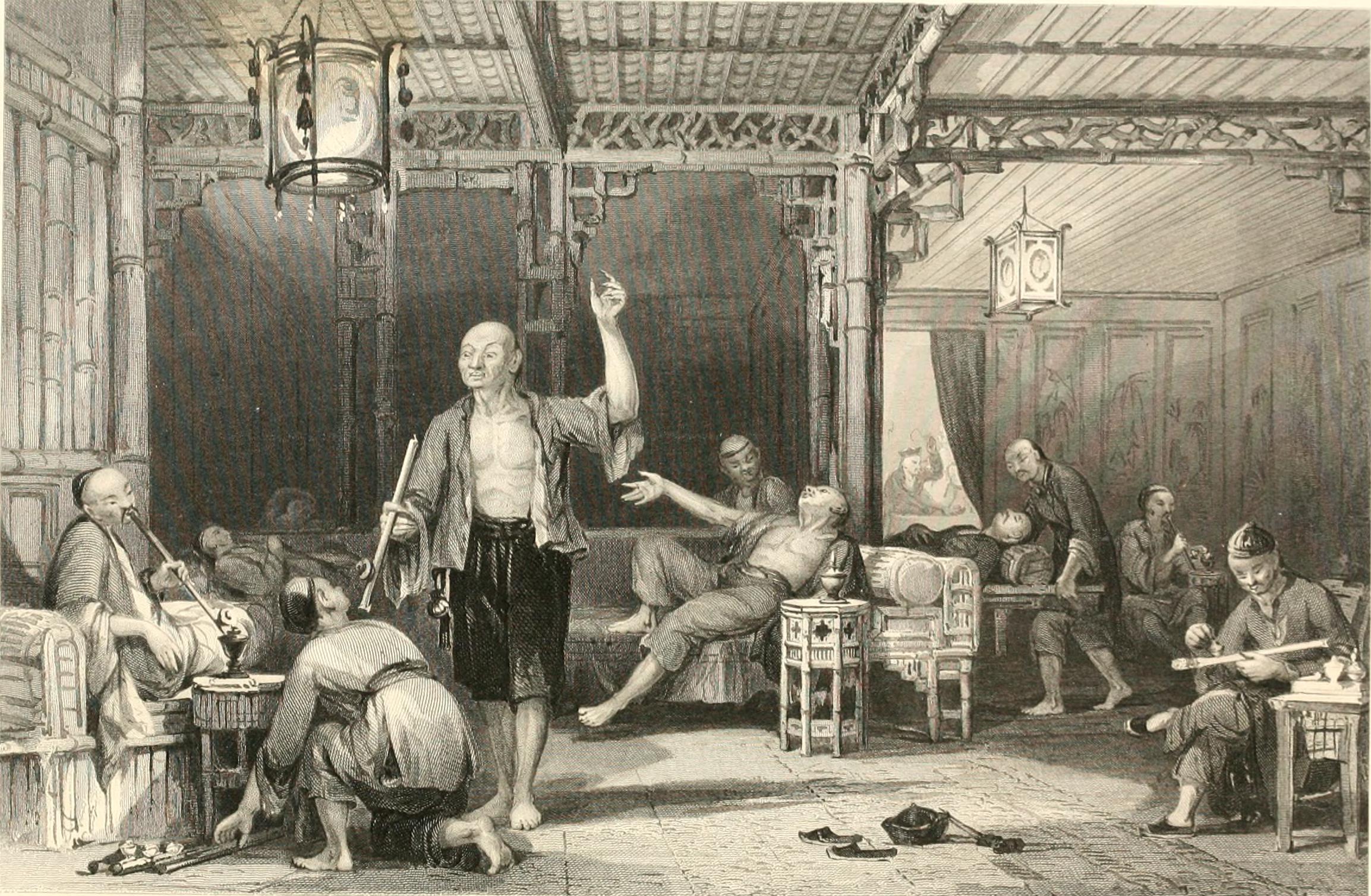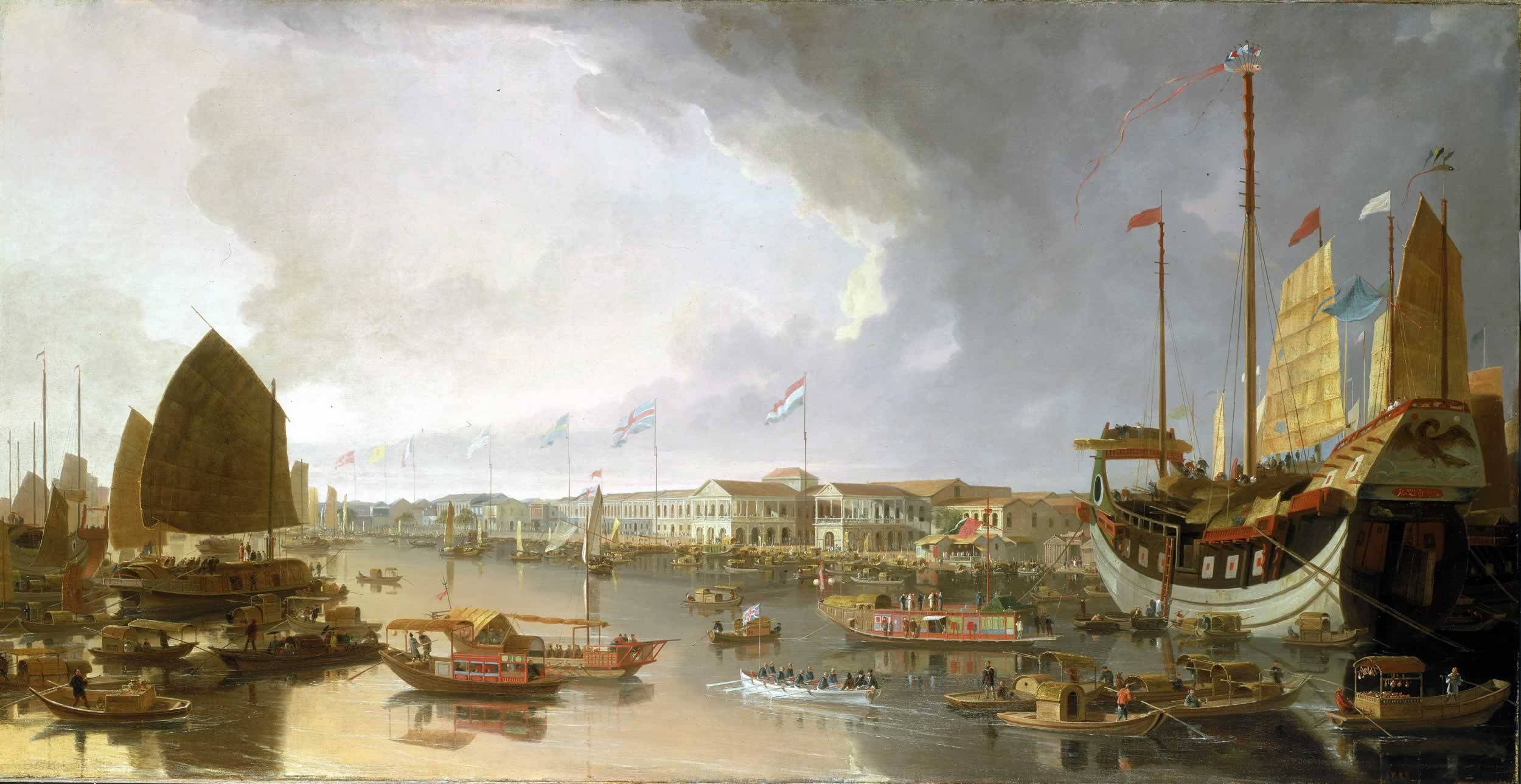|
Opium In China
Opium in China may refer to: * History of opium in China * Opium Wars, the mid-1800s conflicts between Western powers and China including: ** the First Opium War (1839–1842) ** the Second Opium War The Second Opium War (), also known as the Second Anglo-Chinese War or ''Arrow'' War, was fought between the United Kingdom, France, Russia, and the United States against the Qing dynasty of China between 1856 and 1860. It was the second major ... (1856–1860) * 1967 Opium War, conflict between marooned elements of the Kuomintang (Chinese Nationalist Party) and the Kingdom of Laos * Illegal drug trade in China#Opium See also * Opium War (other) {{disambig ... [...More Info...] [...Related Items...] OR: [Wikipedia] [Google] [Baidu] |
History Of Opium In China
The history of opium in China began with the use of opium for medicinal purposes during the 7th century. In the 17th century the practice of mixing opium with tobacco for smoking spread from Southeast Asia, creating a far greater demand. Imports of opium into China stood at 200 chests annually in 1729, when the first anti-opium edict was promulgated. By the time Chinese authorities reissued the prohibition in starker terms in 1799, the figure had leaped; 4,500 chests were imported in the year 1800. The decade of the 1830s witnessed a rapid rise in opium trade, and by 1838, just before the First Opium War, it had climbed to 40,000 chests. The rise continued on after the Treaty of Nanking (1842) that concluded the war. By 1858 annual imports had risen to 70,000 chests (), approximately equivalent to one year's worth of the total global production of opium between 1995 and 2005. By the late 19th century Chinese domestic opium production challenged and then surpassed imports. The ... [...More Info...] [...Related Items...] OR: [Wikipedia] [Google] [Baidu] |
Opium Wars
The Opium Wars () were two conflicts waged between China and Western powers during the mid-19th century. The First Opium War was fought from 1839 to 1842 between China and Britain. It was triggered by the Chinese government's campaign to enforce its prohibition of opium, which included destroying opium stocks owned by British merchants and the British East India Company. The British government responded by sending a naval expedition to force the Chinese government to pay reparations and allow the opium trade. The Second Opium War was waged by Britain and France against China from 1856 to 1860, and consequently resulted in China being forced to legalise opium. In each war, the superior military advantages enjoyed by European forces led to several easy victories over the Chinese military, with the consequence that China was compelled to sign the unequal treaties to grant favourable tariffs, trade concessions, reparations and territory to Western powers. The two conflicts, ... [...More Info...] [...Related Items...] OR: [Wikipedia] [Google] [Baidu] |
First Opium War
The First Opium War ( zh, t=第一次鴉片戰爭, p=Dìyīcì yāpiàn zhànzhēng), also known as the Anglo-Chinese War, was a series of military engagements fought between the British Empire and the Chinese Qing dynasty between 1839 and 1842. The immediate issue was the Chinese enforcement of their ban on the opium trade by seizing private opium stocks from mainly British merchants at Guangzhou (then named ''Canton'') and threatening to impose the death penalty for future offenders. Despite the opium ban, the British government supported the merchants' demand for compensation for seized goods, and insisted on the principles of free trade and equal diplomatic recognition with China. Opium was Britain's single most profitable commodity trade of the 19th century. After months of tensions between the two states, the Royal Navy launched an expedition in June 1840, which ultimately defeated the Chinese using technologically superior ships and weapons by August 1842. The British ... [...More Info...] [...Related Items...] OR: [Wikipedia] [Google] [Baidu] |
Second Opium War
The Second Opium War (), also known as the Second Anglo-Chinese War or ''Arrow'' War, was fought between the United Kingdom, France, Russia, and the United States against the Qing dynasty of China between 1856 and 1860. It was the second major conflict in the Opium Wars, which were fought over the right to import opium to China, and resulted in a second defeat for the Qing and the forced legalisation of the opium trade. It caused many Chinese officials to believe that conflicts with the Western powers were no longer traditional wars, but part of a looming national crisis. On 8 October 1856, Qing officials seized the ''Arrow'', a British-registered cargo ship, and arrested its Chinese sailors. The British consul, Harry Parkes, protested, upon which the viceroy of Liangguang, Ye Mingchen, delivered most of the sailors to the British on 22 October, but refused to release the rest. The next day, British gunboats shelled the city of Canton. The British government decided to seek ... [...More Info...] [...Related Items...] OR: [Wikipedia] [Google] [Baidu] |
1967 Opium War
The 1967 Opium War took place in northwestern Laos between February and August 1967; actual fighting took place from 29 July to 1 August 1967. A mule train, led by Burmese militia, carrying 16 tons of opium crossed into Laos to Ban Khwan, where they were attacked by rival drug smugglers from the Chinese Nationalists' Third and Fifth Armies. The intended recipient of the shipment, Royal Lao Army General Ouane Rattikone, bombed both sides while moving in troops to sweep the battlefield. With both Burmese militia and Nationalist Chinese defeated and expelled from Laos, the Lao general confiscated the opium for himself. With this supply of raw opium base, plus his greater grasp on the drug trade, Ouane's refineries began to ship their heroin worldwide. He also supplied this injectable heroin to his allies – U.S. troops in the Vietnam War. Background As World War II ended, the French found themselves embroiled in the First Indochina War. On 23December 1950, the United States sign ... [...More Info...] [...Related Items...] OR: [Wikipedia] [Google] [Baidu] |
Illegal Drug Trade In China
The Illegal drug trade in China is largely focused on the golden-triangle area near the China-Myanmar border. Opium Opium has played an important role in China's history since the First and Second Opium Wars in the mid-19th century. The fall of the Qing dynasty in 1911 led to a resurgence in domestic opium production. The Nationalist government, provincial governments, the revolutionary base areas of the Chinese Communist Party (CCP), and the British colonial government of Hong Kong all depended on opium taxes as major sources of revenue. The Mao Zedong government is generally credited with eradicating both consumption and production of opium during the 1950s using unrestrained repression and social reform. Ten million addicts were forced into compulsory treatment, dealers were executed, and opium-producing regions were planted with new crops. Remaining opium production shifted south of the Chinese border into the Golden Triangle region. The remnant opium trade primarily ser ... [...More Info...] [...Related Items...] OR: [Wikipedia] [Google] [Baidu] |




